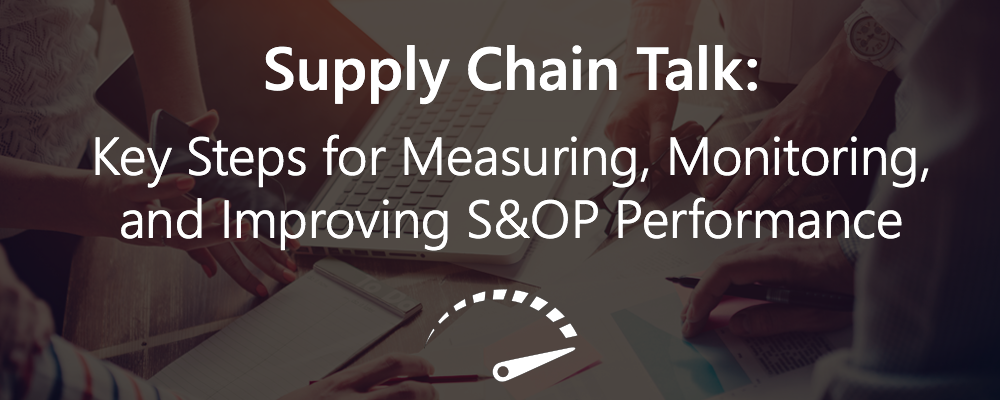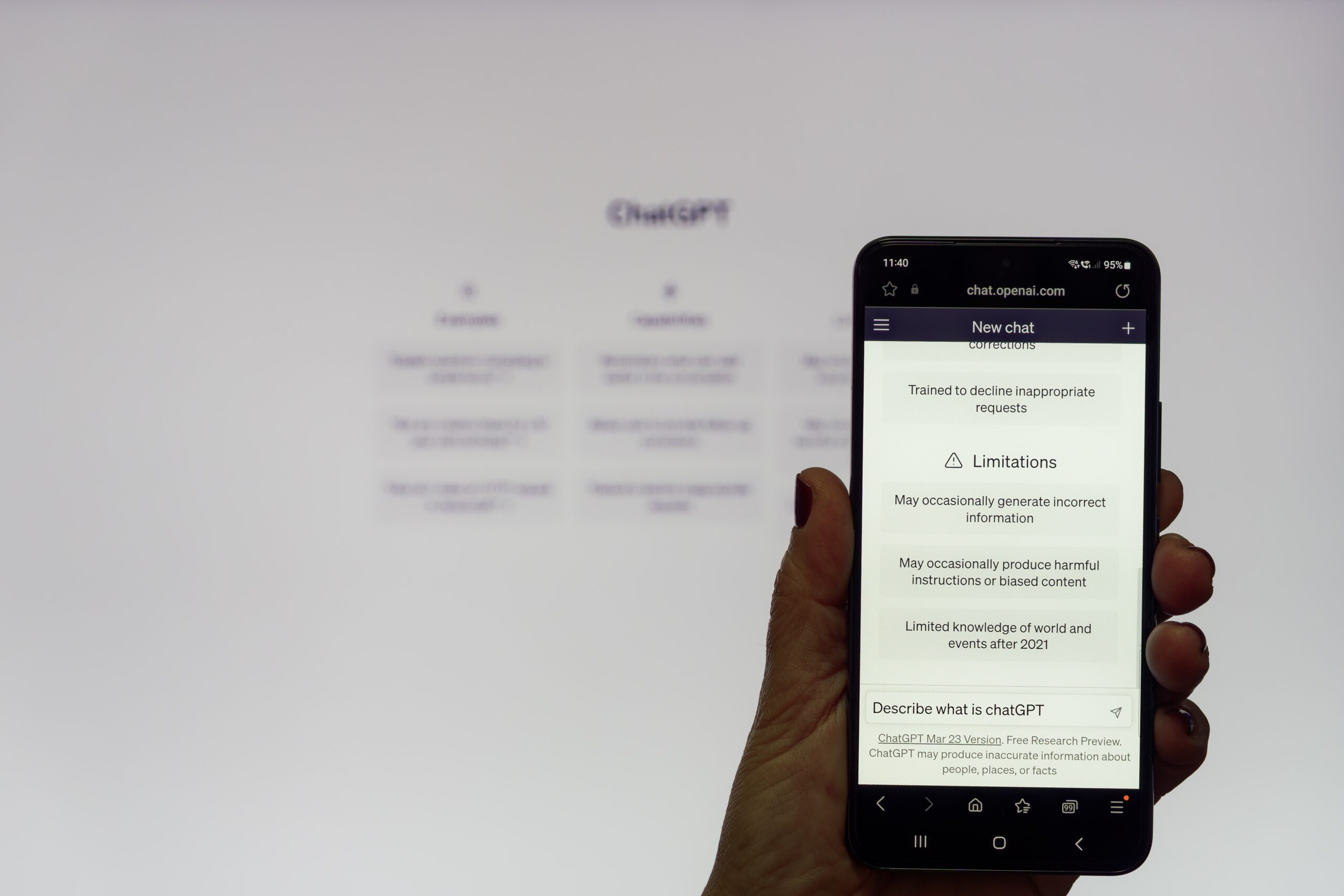
You cannot improve the performance of something that is unpredictable. S&OP processes allow businesses to create a predictable approach to managing the supply chain. In this week’s ‘Supply Chain Talk,’ Arkieva CEO Harpal Singh discusses some of the key steps for measuring, monitoring, and improving S&OP performance.
Do You Need An S&OP Process?
S&OP has been around for a while and is accepted as a necessary process for managing the supply chain. But 200 years ago, bloodletting was accepted as a routine treatment for a variety of ailments as well. No one could point to any logical reason why bloodletting was helpful, but despite that, it continued to be an accepted form of medical treatment.
Two hundred years later, no one can point to a conclusive study that S&OP helps. There are plenty of anecdotes of how it was crucial in one case or another, but anecdotes are not evidence. There is a generally held belief that good S&OP processes improve company performance, and consultants and software companies that have a stake in promoting S&OP routinely blame the “patient” if someone brings up evidence that the S&OP process is not helping.
If we strip away all the fluff, what a company needs, is to make decisions and an estimate of where it will be at a future point in time. In the supply chain, this means that given all that I am doing, I’d like to know what my inventory level for an item will be at a location sometime in the future – say in 2 months. There are many ways to get to this: by consulting the oracle at Delphi, by using a random number generator, by obtaining a consensus, or perhaps estimating it based on sunspot activity. The S&OP approach is to try to get consensus on the individual inputs and outputs like planned production, planned movements, and anticipated demand.
There are a couple of problems with using any of the alternative approaches to S&OP. The first is that the answers are not consistent each time I try to predict the same thing, and second, the way in which the estimate is derived is almost always clouded in mystery.
So, think of an S&OP process as a predictable and logical way of estimating the future. It may or may not be as accurate as the Oracle at Delphi, but at least you know how the estimate is derived and given the same starting conditions, the estimate will likely be similar.
You cannot improve the performance of something that is unpredictable. So, an S&OP process may not be performing as well as the Oracle at Delphi, but we do have a shot at improving the S&OP process. Improving the predictions of the Oracle at Delphi is much harder.
For and S&OP prediction to be accurate, the internal processes that execute the decision must conform to the plan, and secondly, the external assumptions about demand, deliveries etc. must materialize. Monitoring the S&OP comes down to monitoring the assumptions.
[Download Whitepaper: 8 essentials of an S&OP Software ]
Key Steps for Monitoring S&OP Performance
The first step is to identify the key assumptions. If the S&OP process includes promotions as in the CPG industry, promotion success may be critical. In this case, monitoring the projected success through a sentiment analysis of Twitter feeds may provide an early indication of whether the assumptions in the S&OP are changing. In the chemical industry, monitoring spot raw material prices and comparing this with the assumptions in the S&OP could flag a need to reconfigure the plan.
The second step is to put in an alert mechanism that flags when the current S&OP process is out of date. Most S&OP installations operate on a time cycle (monthly) and there is no mechanism in place to re-plan within a cycle. This is like driving down the highway at a constant speed and ignoring all other vehicles.
Now that you have a mechanism to identify a plan that is out of date, there is also a need to put in a business process for updating the S&OP plan. In today’s environment, the traditional method of creating a plan on a cyclical basis and hoping to execute it unchanged is a pipedream. Modern S&OP processes are built around creating and maintaining a plan on a continuous basis.
[Read Also: Is Your S&OP Glass Half-Full Or Half-Empty? ]
Have a supply chain topic that you would like us to discuss? Join the Arkieva Supply Chain Talk with Arkieva CEO Harpal Singh. Add a comment below or send a tweet to @Arkieva with #ArkievaSCT, or email editor@arkieva.com.
Enjoyed this post? Subscribe or follow Arkieva on Linkedin, Twitter, and Facebook for blog updates.





